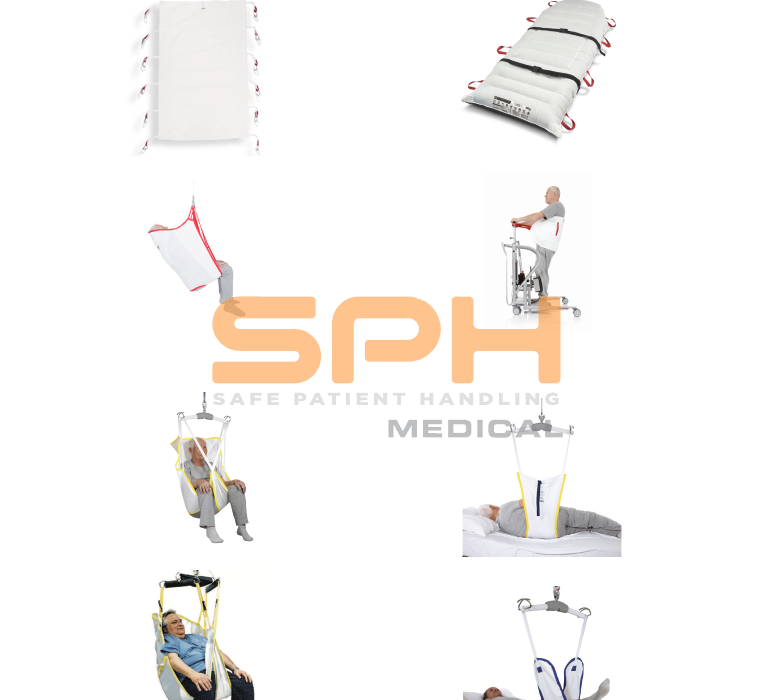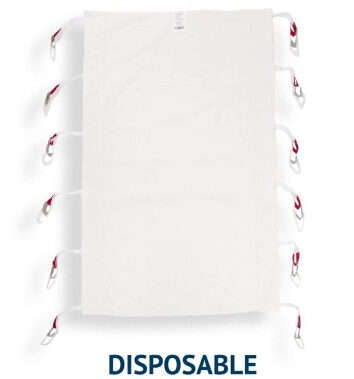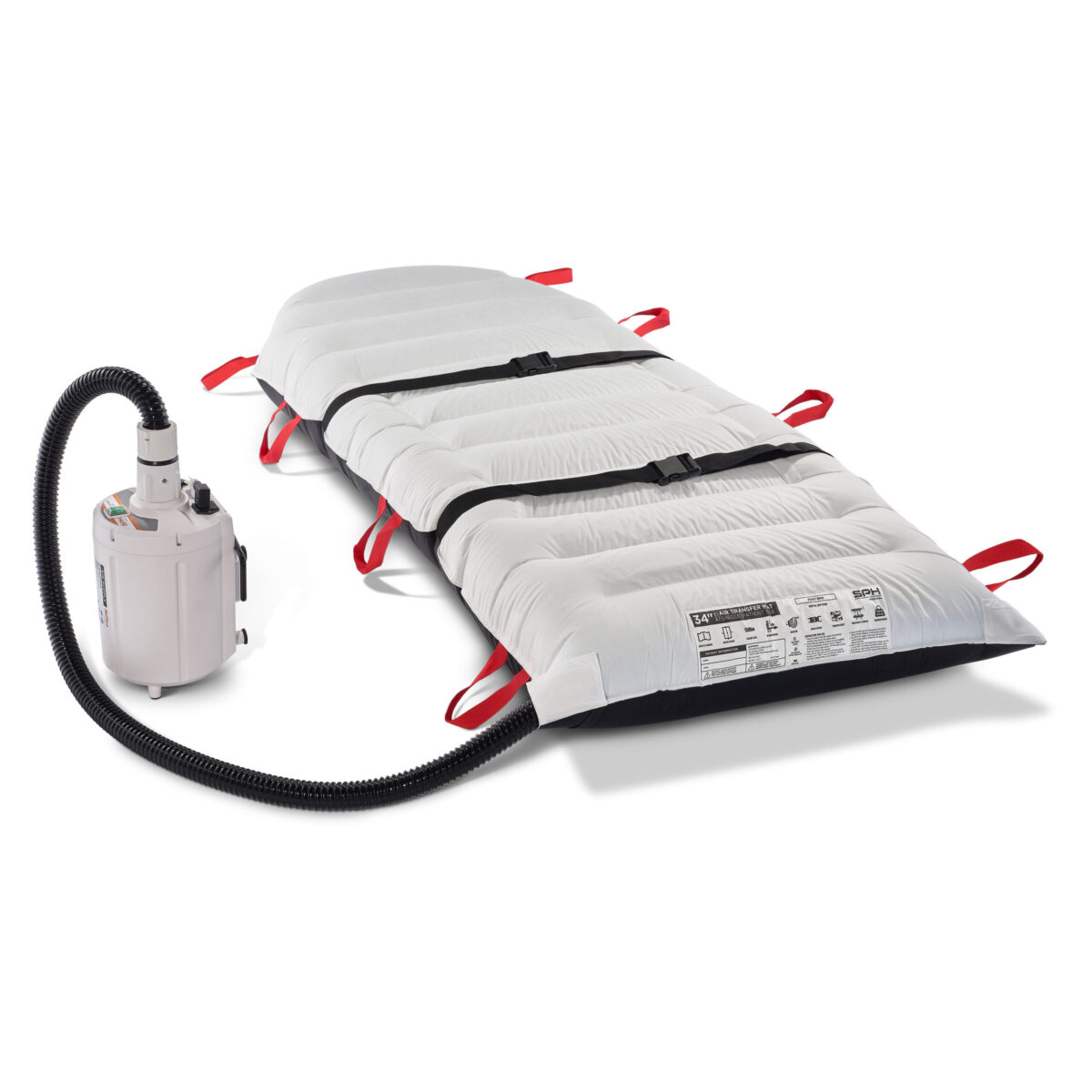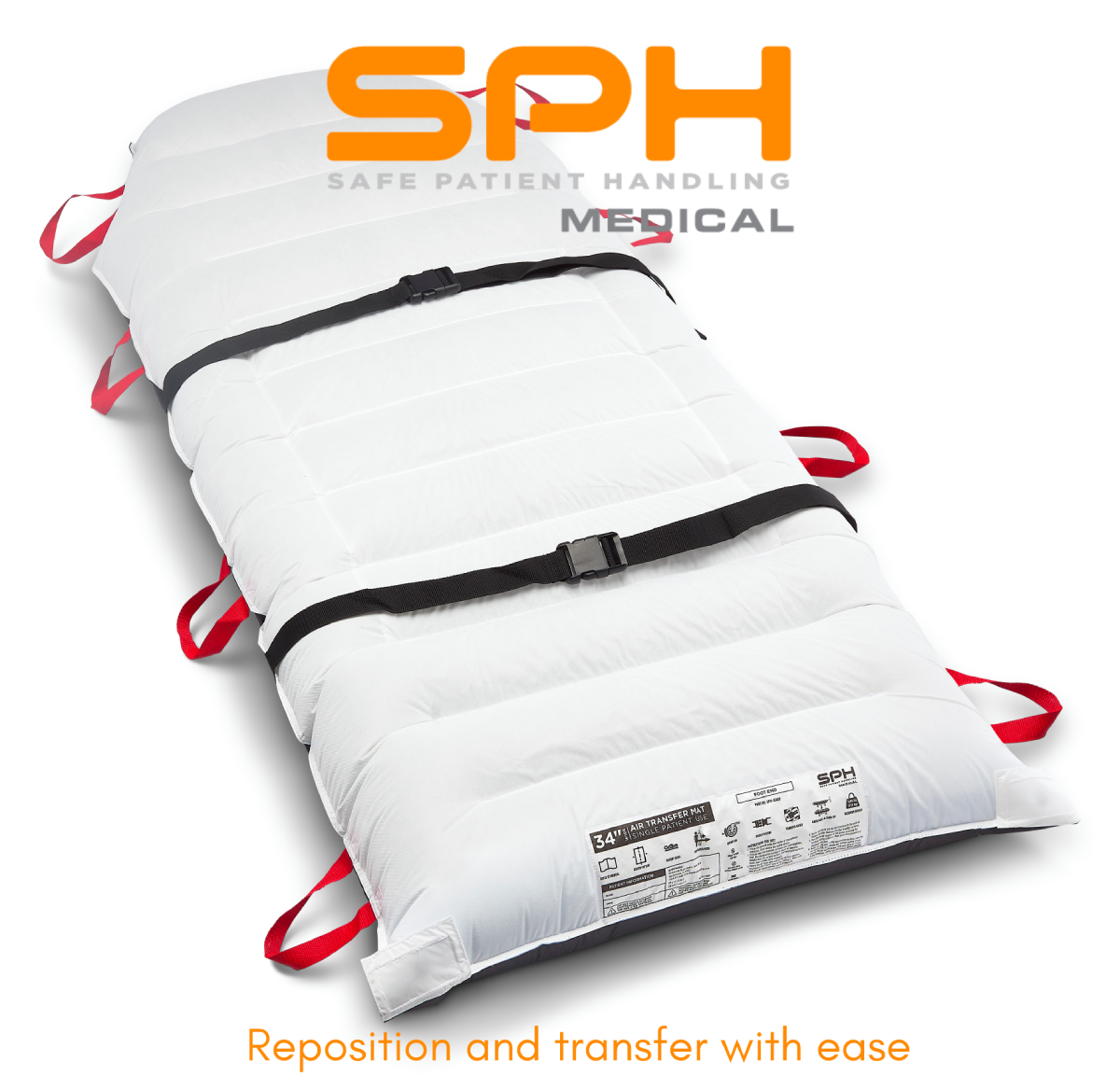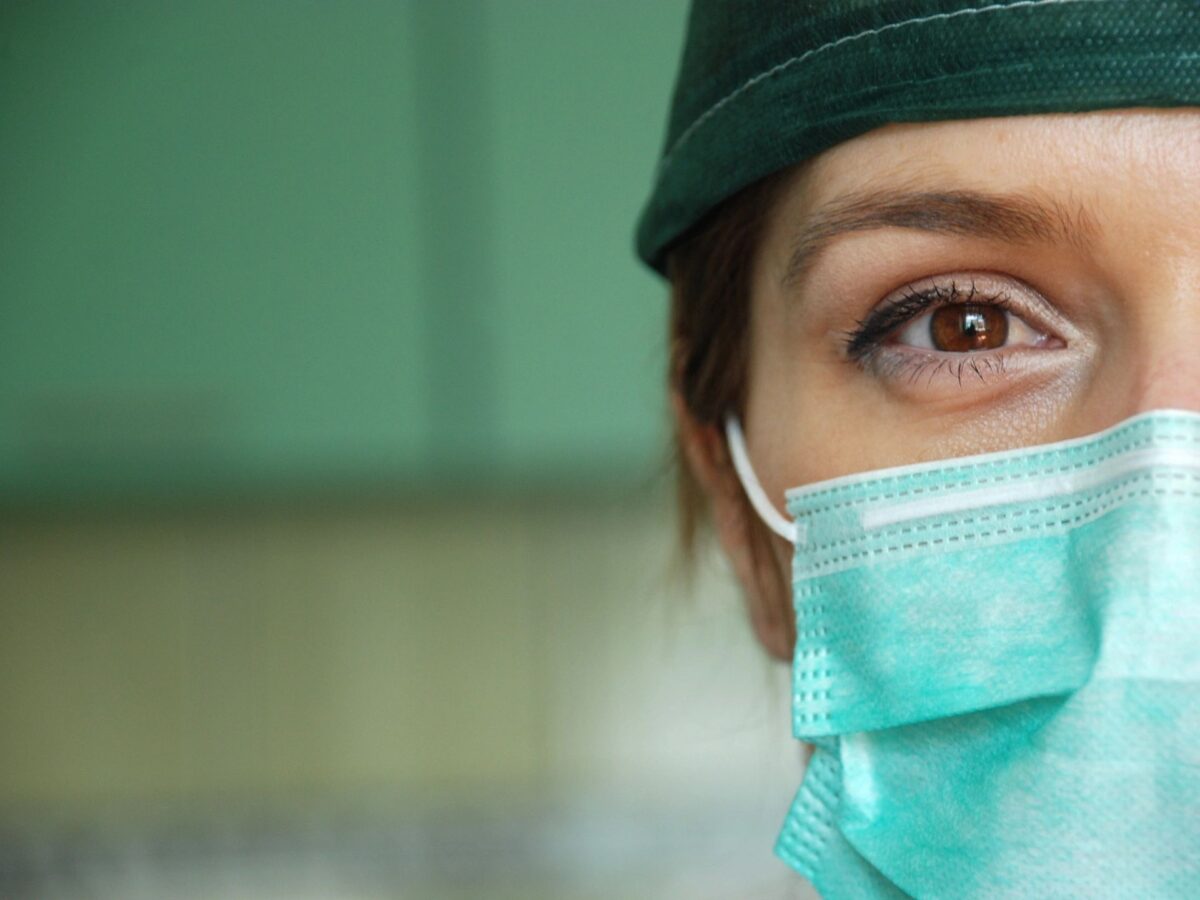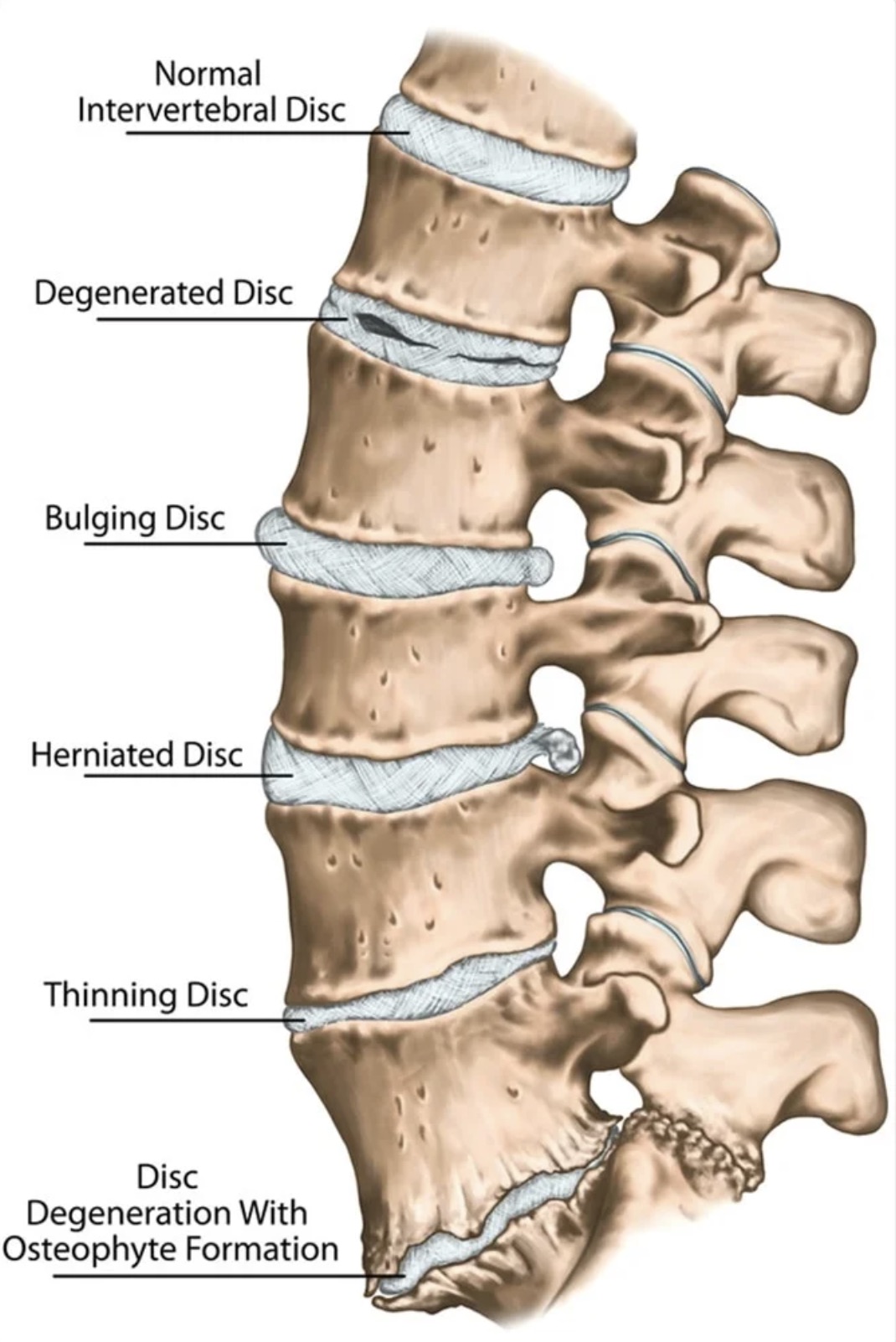In today’s dynamic healthcare landscape, hospitals are increasingly adopting single patient use slings, repositioning sheets, and air transfer mats. This burgeoning trend is driven by the pressing need to reduce risks of injury to nursing staff and bolster patient care.
The Importance of the Trend
The growing shift towards disposable patient handling aids is a critical development in modern healthcare. These aids not only enhance patient comfort but also significantly reduce staff injuries, an often overlooked aspect of hospital care. Moreover, they play a vital role in supporting robust infection control protocols, a key consideration in the post-COVID-19 world.
How This Trend Supports Infection Control Protocols
Single-use products are a game-changer in mitigating cross-contamination within hospitals. As highlighted in “Patient Handling and Movement Assessments: A White Paper,” these products reduce tissue viability risk and cross-contamination, thereby supporting stringent infection control protocols.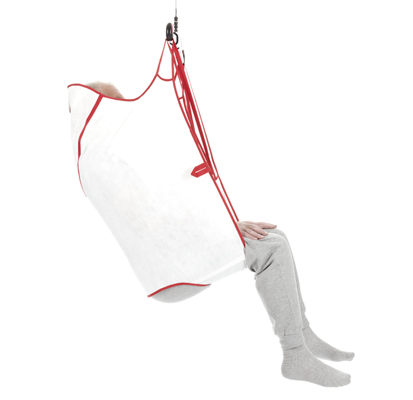
Why Hospital Safety and Infection Prevention Staff Prefer Single Patient Use Products
Hospital safety and infection prevention staff prefer single patient use products for several reasons. First, these products are easy to order from monthly supply budgets, bypassing cumbersome capital budgeting processes. Second, their ease of stocking makes them readily accessible on the hospital floor. Lastly, many hospitals do not trust their laundry systems to return crucial slings/sheets or transfer mats promptly. Nor do nurses have the time to disinfect every sling/sheet or mat, further underscoring the appeal of single-use products.
Evidence Supporting the Use of Single Patient Use Slings/Sheets and Air Transfer Mats
Evidence underscores the benefits of single-use patient handling aids. The study “Effect of Repositioning Aids and Patient Weight on Biomechanical Stress in Caregivers during Bed Bathing Patients” highlights the injury risk when repositioning patients with commonly used aids. Furthermore, “Patient Handling Equipment Market Trends, Drivers, and Challenges” reports a market trend towards single-patient use air assisted mattresses.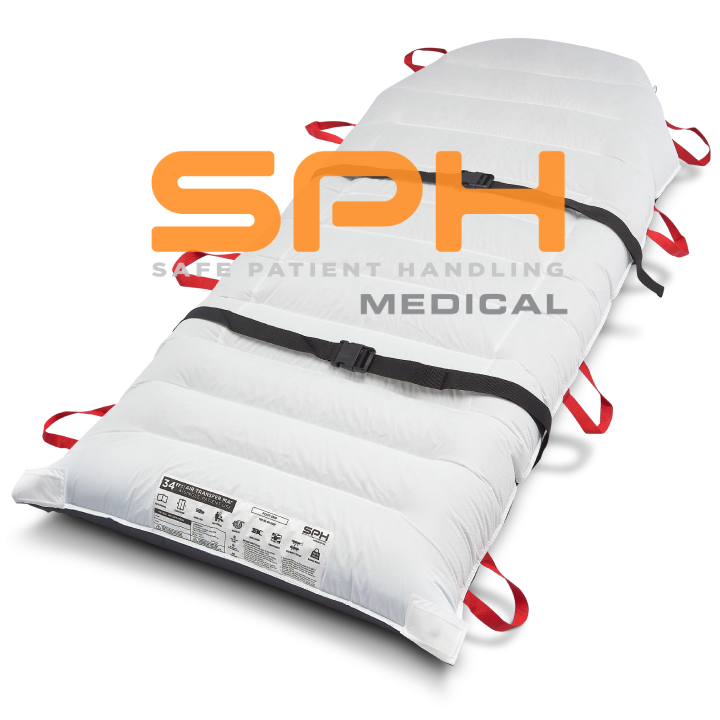
Cost Savings from Injury Prevention, Infection Prevention, and Other Factors
Hospitals realize significant cost savings when using Single Patient Use Slings/sheets/Air transfer mats. These savings stem from injury prevention, infection prevention, and other factors, highlighting the financial viability of these products.
The Importance of Universal Sling Compatibility from Sling Manufacturers
Universal sling compatibility is another critical aspect of patient care. Cross-compatibility between different manufacturers enhances flexibility and choice for end users. However, some manufacturers’ reluctance to authorize cross-compatibility limits customer choice45. SPH Medical is leading the charge in this space, offering patient lifts that are compatible with slings from various manufacturers. Their extensive portfolio of universally compatible slings, sheets, and air transfer mats underscores their commitment to patient care and choice.
SPH Medical: Leading the Industry with Innovative Single Patient Use Products
In the face of limited cross-compatibility authorized by some manufacturers, SPH Medical continues to stand out as a leader in patient care innovation. The company has developed three specific categories of products that are leading the industry, each designed to enhance patient safety and comfort, while also promoting ease of use for healthcare professionals.
- 1. The Breathable Repositioning Sheet: This revolutionary product is designed for repositioning patients in bed and turning patients with utmost ease. The single patient use repositioning sheet boasts an impressive 1000 lb capacity, demonstrating its robustness and reliability. Remarkably, it connects to any hook and loop patient lift, including both mobile lifts and overhead lifts. This universal compatibility ensures seamless integration into existing patient lift systems, thereby providing unparalleled convenience for healthcare providers.
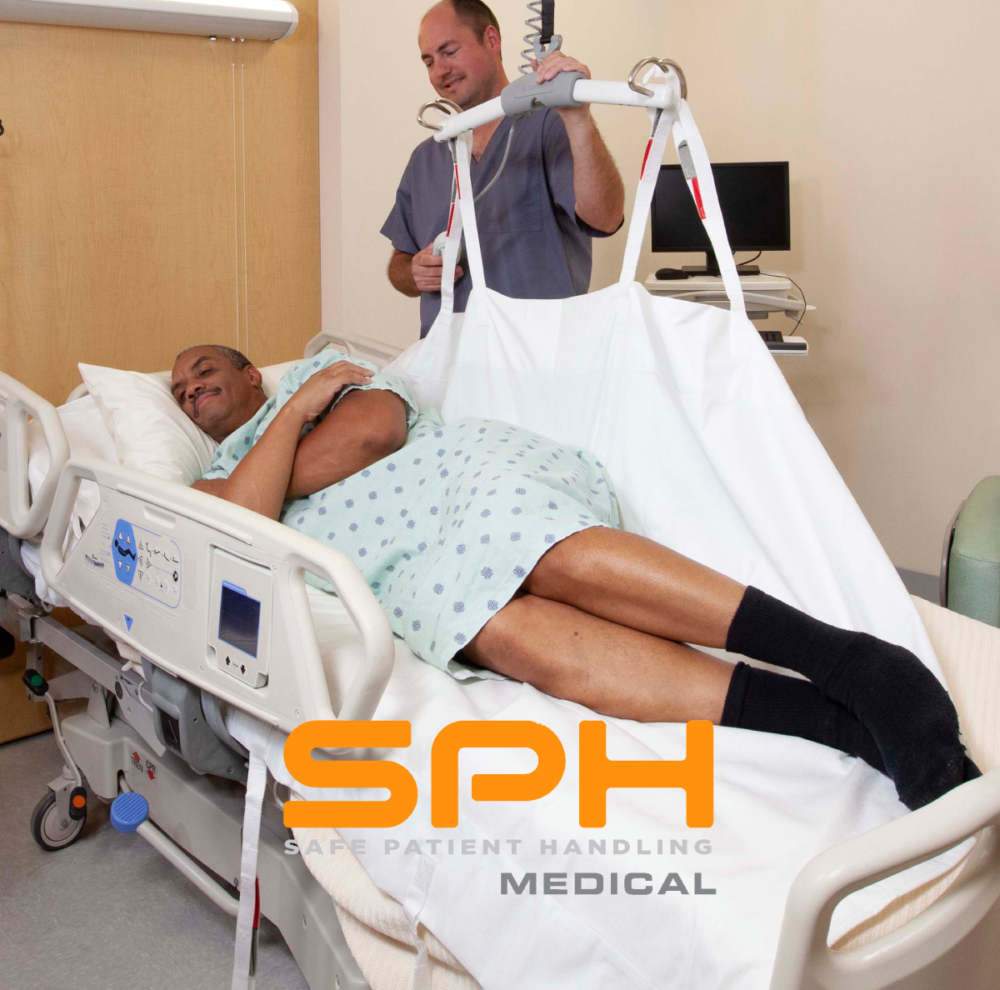
- 2. The Highback Sling: Available in several styles and sizes, the single patient use Highback Sling is another testament to SPH Medical’s commitment to meeting diverse patient care needs. The variety of styles and sizes ensures that every patient can benefit from a sling that is tailored to their specific requirements, enhancing comfort and safety during patient handling procedures.
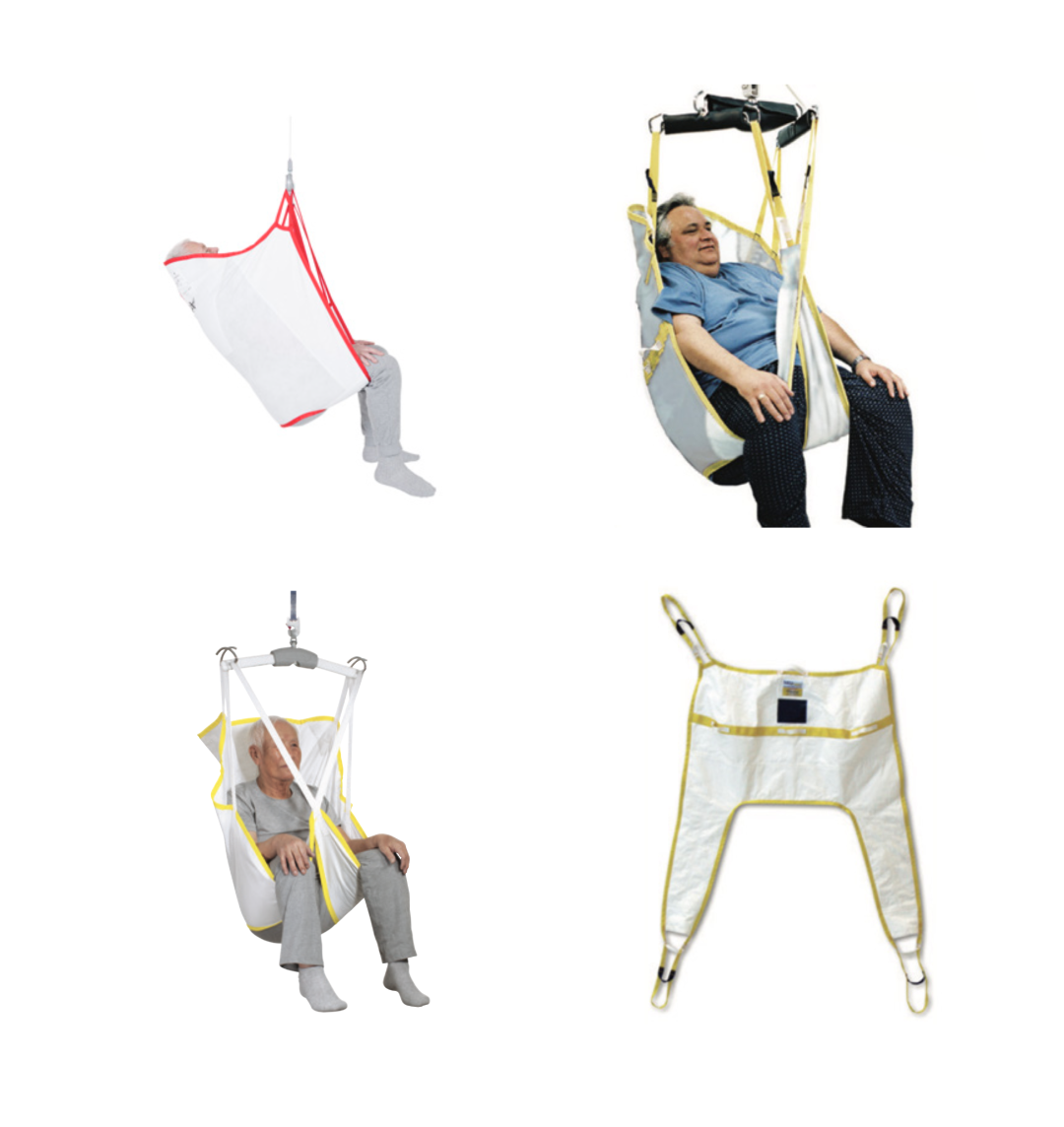
- 3. The Single Patient Use Air Transfer Mats: SPH Medical offers these mats in multiple sizes, catering to the diverse needs of hospitals. Notably, these mats are compatible with the most common motors currently being used in hospitals. This cross-compatibility underscores SPH Medical’s dedication to facilitating easy and efficient patient transfers.
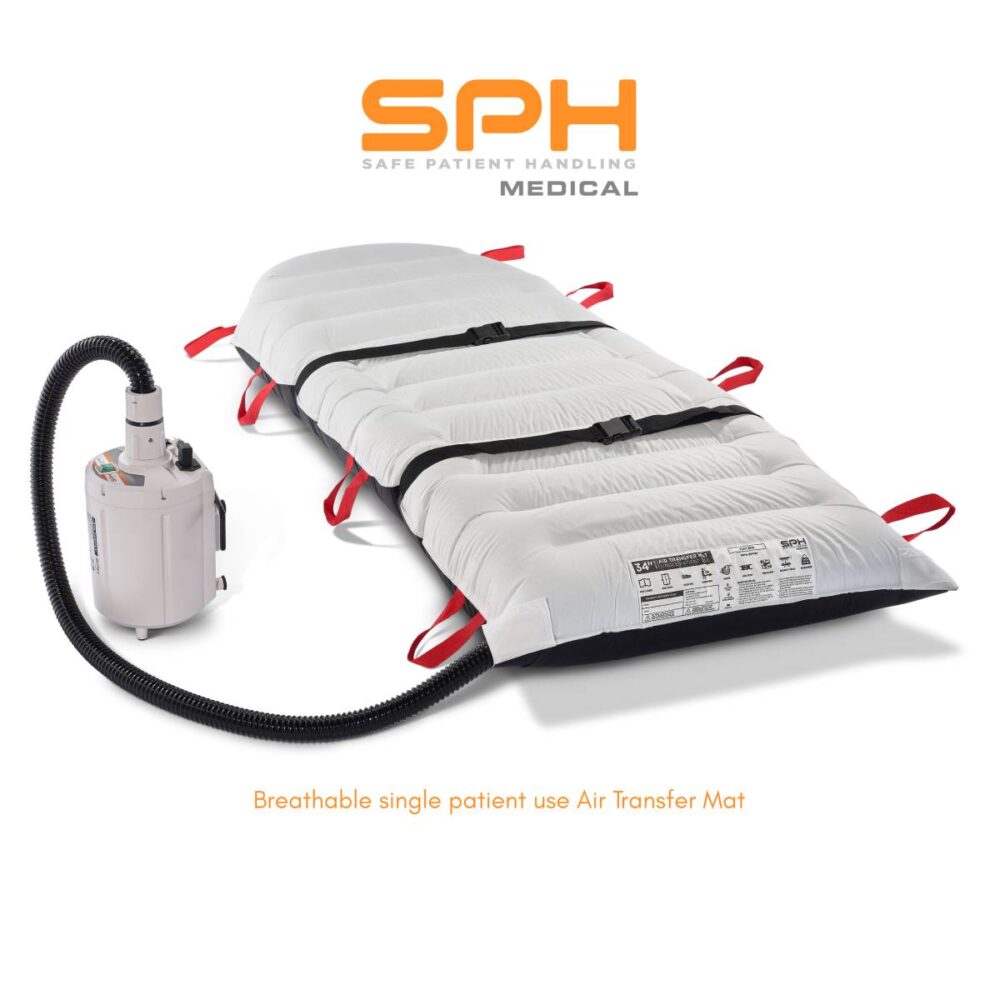
SPH Medical’s innovative product range is not just about offering universally compatible aids; it’s about revolutionizing patient care. Each product is meticulously designed with the end user in mind, ensuring that patients receive the best care possible, and healthcare providers can perform their duties efficiently and safely. With such industry-leading products, SPH Medical is indeed setting new standards in patient care and choice.
Conclusion
The trend towards single patient use slings, repositioning sheets, and air transfer mats is a significant evolution in hospital safety, infection control, and cost savings. As we move forward, it’s clear that this trend will continue to shape the future of healthcare, promising safer, more efficient, and cost-effective patient care.
Contact SPH Medical today to move towards a safer and more cost effective single patient use breathable repositioning sheet, sling or Air Transfer Mat.

